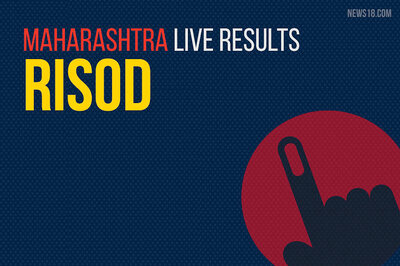
views
Washington: The Trump administration will send a message to all US cellphones on Thursday to test a previously unused alert system that aims to warn the public about national emergencies.
The messages will bear the headline "Presidential Alert", the Federal Emergency Management Agency (FEMA) said in a statement this week. Phones will make a loud tone and have a special vibration, said FEMA, which will send the alert.
The test message, scheduled for 2:18 p.m. EDT on Thursday, will read: "THIS IS A TEST of the National Wireless Emergency Alert System. No action is needed."
The test has been scheduled to ensure that the alert system would work in the event of a national emergency. US cellphone users will not be able to opt out.
Former President Barack Obama signed a law in 2016 requiring FEMA to create a system allowing the president to send cellphone alerts regarding public safety emergencies.
Since the wireless emergency alert system began in 2012, it has issued over 36,000 alerts for situations such as missing children, extreme weather and natural disasters, but never a presidential directive. Cell phone users can opt out of natural disaster or missing children alerts.
FEMA said in a statement the alerts can only be used for national emergencies. The president has sole responsibility for determining when the national-level alerts are used.
In the event of widespread severe weather or another significant event on Sept. 20, the test will be pushed back to Oct. 3, FEMA said.
The administration announced in July that it would schedule the test alert for September. The White House did not immediately respond to a request for comment on its role in planning the test alert.
The administration will send a test alert via radio and television broadcasters two minutes after the cell phone alert. It will interrupt programming for about one minute, FEMA said.
Cell towers will broadcast the WEA test for approximately 30 minutes beginning at 2:18 p.m.
The US Federal Communications Commission has approved new rules to ensure starting in 2019 that alerts are more precisely targeted, with links to photos or other important information.
There have been issues with prior state alerts.
In January, Hawaii issued a false alert of a missile attack that went uncorrected for 38 minutes after being transmitted to mobile phones and broadcast stations, causing widespread panic across the Pacific islands state.
In April, the FCC blamed that false alarm on human error and inadequate safeguards.


















Comments
0 comment